Part 6: Finger Injuries
Tom Randall and Sam Radcliffe, the Lattice Physio, tackle finger injuries in this article...
As a climber, if you are regularly pushing yourself and trying hard, it is likely you will get a finger injury at some point. The only people I know that seem to not get them, are those who have been climbing from a young age and very gradually built up their climbing level, never pushing themselves too hard. It is well known among climbers that finger injuries are without doubt the most common injury, and this has been reflected in climbing specific literature (Schöffl et al, 2003; 2012; 2015; Jones and Johnson, 2016).
Why do finger injuries occur?
There are many possible contributing factors that can increase the risk of getting finger injuries, such as: sudden increases in load, not enough rest, pushing too hard too soon and high load repetition of one grip type.
It is also worth noting not all finger injuries are the same, there are many different types of injuries that can occur in the fingers and it is important to bear this in mind if attempting a self diagnosis (Schöffl and Schöffl, 2007; Schöffl et al, 2015)
Finger injuries can be put into 3 general categories:
- Acute Finger Injuries (minor and major)
- Chronic (long term) injuries
- Adolescent finger injuries
Acute finger injuries
The first thing to think about is how the finger has been injured and does something need to be done about it sooner rather than later.
Minor injuries:
These can be treated conservatively and generally you can be back climbing in 6 weeks. The right combination of rest, specific finger exercises and a gradual loading protocol can result in a very good outcome.
Acute management for minor injuries initially involves resting to let the inflammation reduce and healing to start. After a period of rest, it is possible to complete lots of basic low load exercises to help healing: heat therapy to increase blood flow to the hands, light massage, tendon glides, rice bucket exercises and finger curls.
The next part of rehab is using a graded loading program. I would usually start clients with grip types that do not aggravate injury then gradually incorporate grips that will load the pulleys and increase the load used. Climbers that do not seek advice about their finger injury or advice on loading protocols can sometimes recover well but it can often take longer to get back to climbing hard and injury can linger for longer than wanted.
More serious:
If there is bowstringing, loss of function or obvious deformity, it is time to get it investigated further by a consultant appointment and MRI.
It is worthwhile reading the following critical review by Jones & Johnson (2016) and the update if you have access to this by Jones, Schöffl, & Johnson (2018) that contains plenty of detail about the incidence, diagnosis and management for finger injuries in rock climbing (see full references to articles below). It also contains a diagnostic and therapeutic algorithm for suspected annular pulley and epiphyseal injuries.
Chronic injuries
What to look out for: These finger injuries tend to have a more gradual onset and tend to get worse or linger, limiting your climbing. They are always painful when you go back to climbing and rest often does not seem to help.
Many contributing factors can cause your fingers to become chronically painful: previous injury, tenosynovitis, capsular inflammation, osteoarthritis to name just a few.
With these types of chronic injury, it is worth taking a step back from climbing for a month or two and trying to rehab your fingers properly. Completing some of the gentler finger exercises (e.g. tendon glides, rice bucket, finger curls) as well as a gradual loading protocol can work for many people. There are lots of treatment options depending on the injury.
Adolescent finger injuries
As under 18 year olds go through adolescent growth spurts, they are far more likely to getting growth plate (epiphyseal) injuries in their fingers, than any other type of finger injury (Hochholzer & Schöffl, 2005; Jones, Schöffl & Johnson, 2018).This is because the growth plates in the fingers are still open and can be very active, making it the weakest part of the finger structure and is the most likely to become injured.
A stress fracture of the epiphysis of the joint can be difficult to diagnose.
What to look out for: Pain in the joint, a reduced range of movement in the finger, swelling and tenderness on the dorsal side (back) of the PIP (first knuckle) joint, unable to crimp due to pain.
If young climbers experience these symptoms they are likely to have an epiphyseal injury. They need to see their GP and insist on being referred for an MRI and reviewed by a hand specialist (see link to leaflet below).
A good recovery can be made with many epiphyseal injuries that are treated early and rest adhered to. If the climber continues to train despite the epiphyseal damage, it can permanently affect the function of the finger.
There is a very nice leaflet that parents can take to their GP's about finger injuries in adolescent climbers: Growth plate stress fractures in teenage climbers.
There is some good information about finger injuries in under 18's on the BMC website: Should under 18's use campus boards.
Other considerations that can increase risk of injury:
- Fatigue
- Poor nutrition
- Dehydration
- Stress
- Poor sleep quality
- Smoking
Take home messages:
- There are a large number of injuries that can develop in the fingers beyond annular pully ligaments.
- If you are in doubt go and see and healthcare professional.
- Conservative treatment is possible for many more minor finger injuries
- Adolescent climbers are most likely to get growth plate stress fractures in their fingers, especially so during a growth spurt.
- Injuries are far more likely to occur during sudden increases in load.
- Ultrasound/MRI's are worthwhile getting in number of situations but are not always essential.
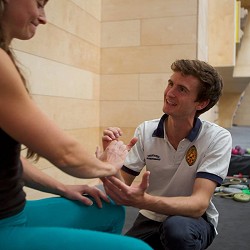

There are some great research papers that go in much more depth about this so please have a look at them in this reference list, they are worth reading.
Hochholzer T, Schöffl VR (2005). Epiphyseal fractures of the finger middle joints in young sport climbers. Wilderness and Environmental Medicine. 16:139-42.
Jones, G., Schöffl, V., & Johnson, M. I. (2018). Incidence, diagnosis, and management of injury in sport climbing and bouldering: a critical review. Current sports medicine reports, 17(11), 396-401.
Jones, G., Woodard, C., Sharples, P., & Johnson, M. (2017). Self-reported Injury Mechanisms In Climbers. Br J Sports Med, 51(4), 336-337.
Jones, G., & Johnson, M. I. (2016). A critical review of the incidence and risk factors for finger injuries in rock climbing. Current sports medicine reports, 15(6), 400-409.
Schöffl, V., Hochholzer, T., Winkelmann, H. P., & Strecker, W. (2003). Pulley injuries in rock climbers. Wilderness & Environmental Medicine, 14(2), 94-100.
Schöffl, V., Morrison, A., Schöffl, I., & Küpper, T. (2012). The epidemiology of injury in mountaineering, rock and ice climbing. In Epidemiology of injury in adventure and extreme sports (Vol. 58, pp. 17-43). Karger Publishers.
Schöffl, V., Popp, D., Küpper, T., & Schöffl, I. (2015). Injury trends in rock climbers: evaluation of a case series of 911 injuries between 2009 and 2012. Wilderness & environmental medicine, 26(1), 62-67.
Schöffl, V. R., & Schöffl, I. (2006). Injuries to the finger flexor pulley system in rock climbers: current concepts. The Journal of hand surgery, 31(4), 647-654.
Schöffl, V. R., & Schöffl, I. (2007). Finger pain in rock climbers: reaching the right differential diagnosis and therapy. Journal of sports medicine and physical fitness, 47(1), 70.
Schweizer, A. (2003). Lumbrical tears in rock climbers. Journal of Hand Surgery, 28(2), 187-189.
Woollings, K. Y., McKay, C. D., & Emery, C. A. (2015). Risk factors for injury in sport climbing and bouldering: a systematic review of the literature. Br J Sports Med, 49(17), 1094-1099.
Woollings, K. Y., McKay, C. D., Kang, J., Meeuwisse, W. H., & Emery, C. A. (2015). Incidence, mechanism and risk factors for injury in youth rock climbers. Br J Sports Med, 49(1), 44-50.
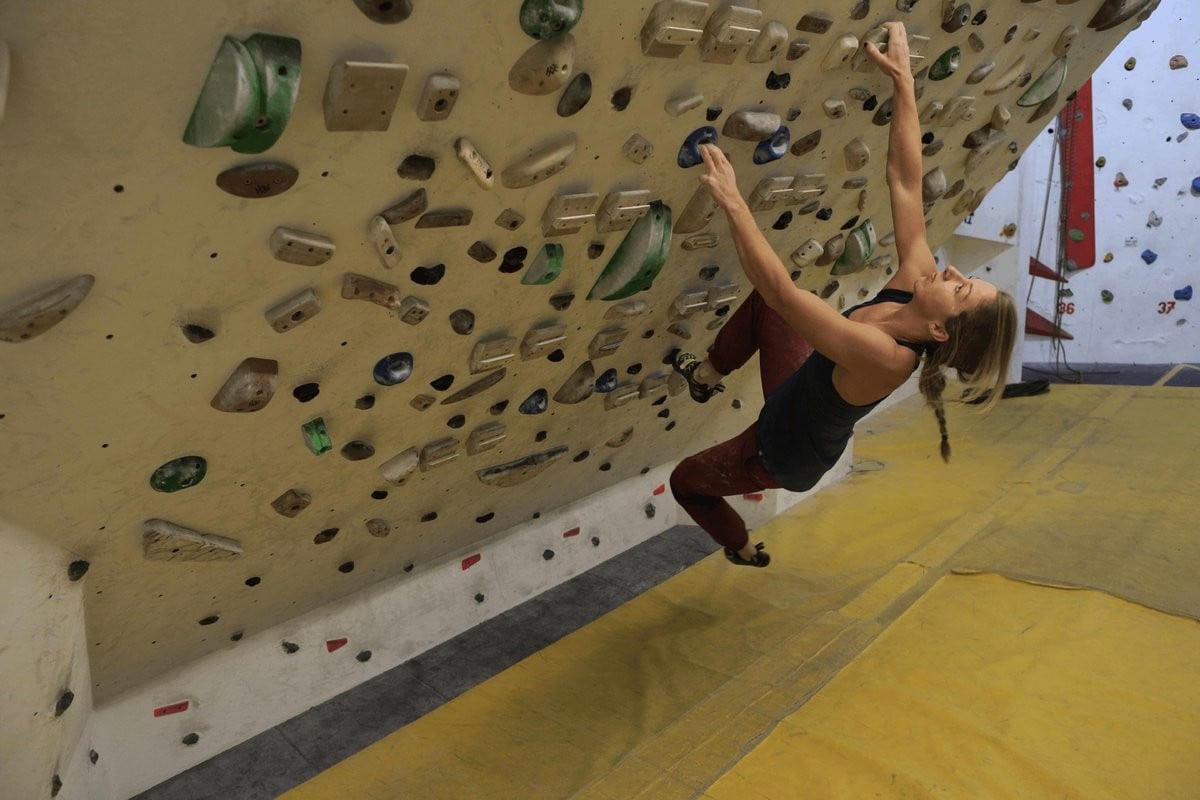
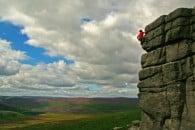

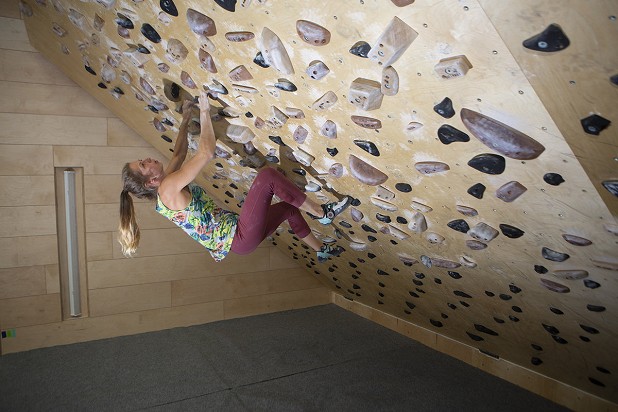
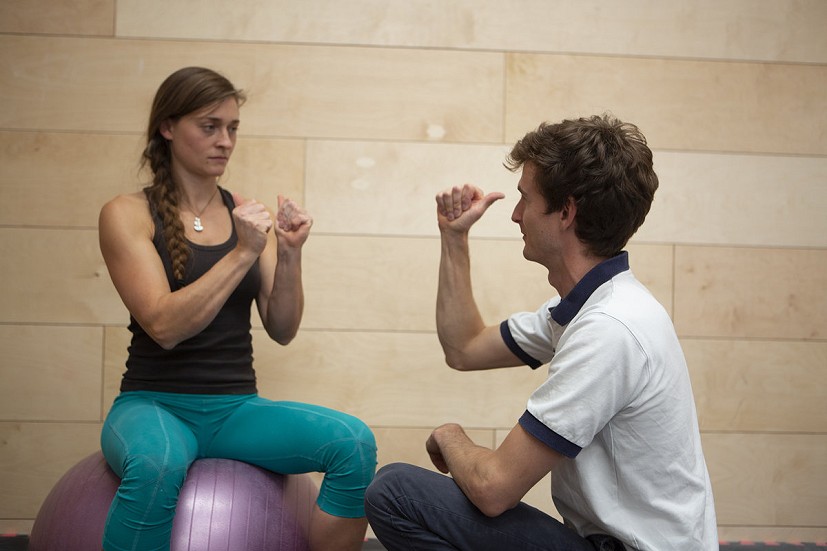
![Lattice Training - Finger Injuries © [popin(650, 320435,TRUE,'center')]](https://img.ukclimbing.com/i/320436?fm=jpg&time=1588966584&dpr=1&w=618&sharp=7&s=d925040822a16df67f3fbee04c3d9e4a)
![Lattice Training - Finger Injuries © [popin(650, 320435,TRUE,'center')]](https://img.ukclimbing.com/i/320437?fm=jpg&time=1588966586&dpr=1&w=618&sharp=7&s=5da05d5027b24e88d7f47286f8b95b18)